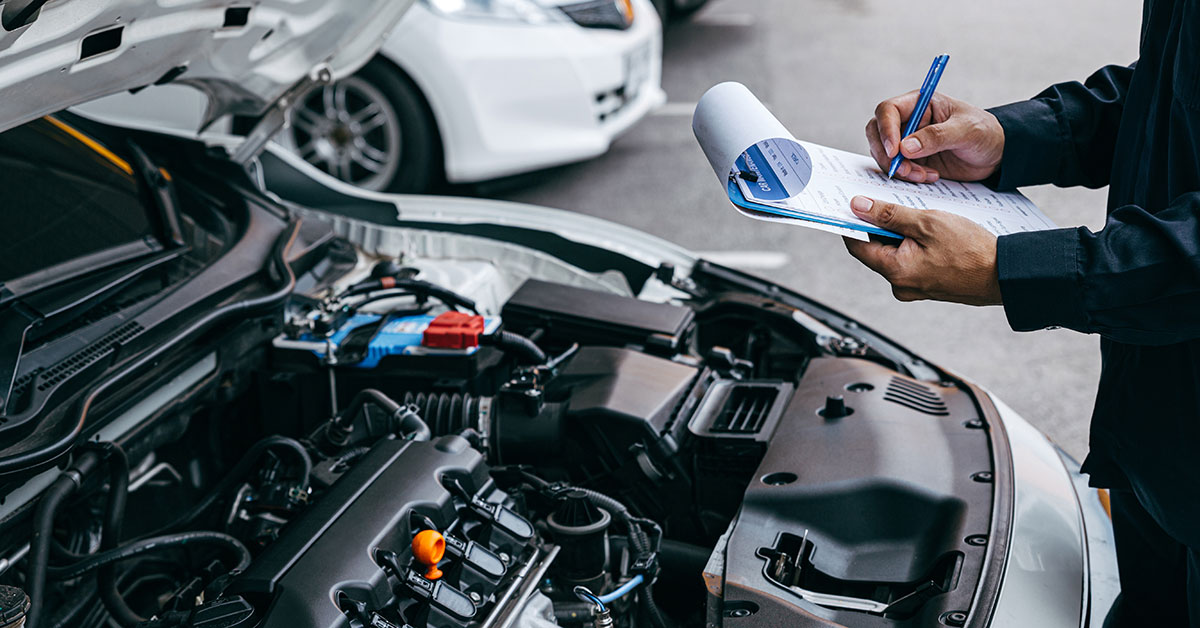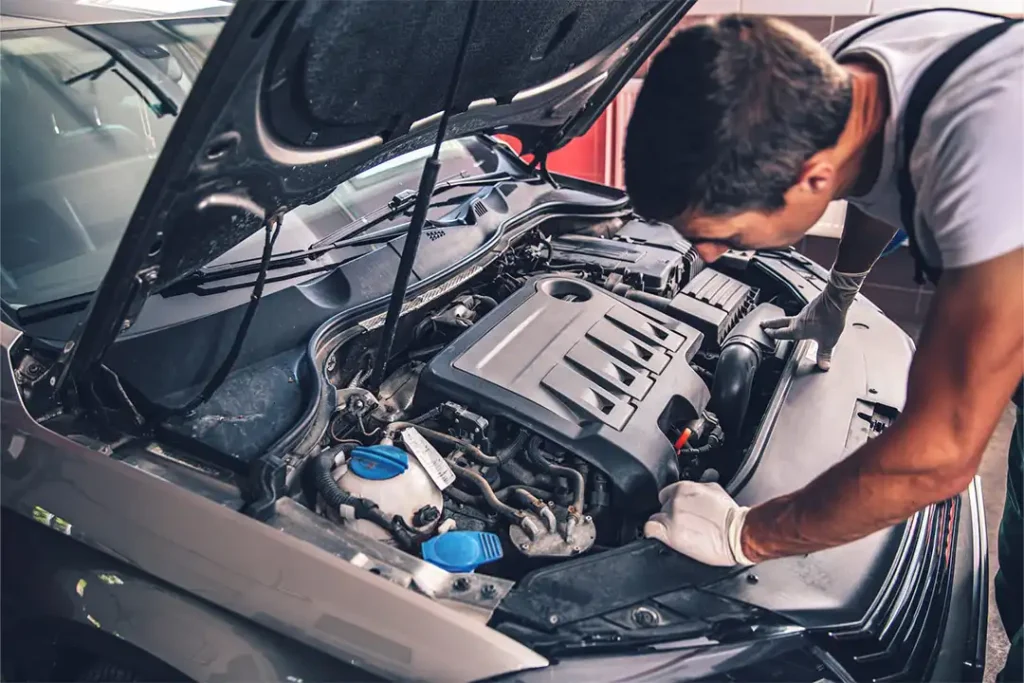Paintless dent removal (PDR) has become a go-to solution for vehicle owners looking to repair minor dents and dings without the need for costly paint jobs. This innovative process is praised for its ability to restore a car’s appearance while maintaining its original paint. However, despite its many advantages, paintless dent removal has its limitations. In this blog, we’ll explore the boundaries of this method and provide insight into when it is and isn’t the right solution for your vehicle.
What Is Paintless Dent Removal?
Paintless dent removal is a technique used to repair small dents and dings by carefully massaging the metal back to its original shape without the need for repainting. This process is effective for minor damage caused by hail, parking lot mishaps, or light impacts that do not compromise the paintwork. One of the greatest benefits of paintless dent removal is its ability to retain the factory finish of the vehicle, making it a cost-effective and environmentally friendly option. However, it’s important to understand that paintless dent removal is not a one-size-fits-all solution, and its effectiveness depends on several factors.
Common Misconceptions About PDR
There are many misconceptions surrounding paintless dent removal, with one of the most common being that it works for every type of dent. While PDR is a fantastic solution for certain situations, it is not suitable for all types of damage. Many people also assume that paintless dent removal can completely restore any dent, no matter the size, depth, or location, but this is far from the truth. Recognising these misconceptions can help you manage expectations and understand the true capabilities of paintless dent removal.
Key Limitations of Paintless Dent Removal
While paintless dent removal is an excellent option for minor repairs, there are several limitations to consider.
Dent Size and Depth
Paintless dent removal is most effective for small and shallow dents. Larger or deeper dents may not respond well to the PDR process because the force required to reshape the metal can exceed the method’s capabilities.
Paint Damage
If the paint on the dented area is cracked, chipped, or peeling, paintless dent removal cannot be performed. This process relies on the paint remaining intact, as the goal is to repair the dent without the need for repainting.
Metal Stretching
In cases where the impact has caused the metal to stretch or crease, paintless dent removal may not deliver satisfactory results. Stretched metal loses its elasticity, making it difficult to restore to its original shape using PDR techniques.
Access to the Dent
One limitation of paintless dent removal is the need for access to the back of the dented panel. Dents located near the edges of doors, reinforcements, or other inaccessible areas may not be suitable for this method.
Material Type
While paintless dent removal works well on traditional steel panels, it is less effective on materials like aluminium or advanced high-strength steel. These materials have different properties, which can make the PDR process more challenging or even impossible.
When Should You Choose PDR?
Paintless dent removal is an excellent choice for minor dents and dings where the paint remains intact, and the damage is shallow. If your vehicle has hail damage, door dings, or minor bumps, PDR can often restore the affected area quickly and efficiently. Always consult a professional to determine whether paintless dent removal is suitable for your specific situation.
Alternatives to PDR
For dents that fall outside the scope of paintless dent removal, traditional repair methods may be necessary. These include techniques like body fillers, sanding, and repainting, which are better suited for severe dents, paint damage, or stretched panels. While these methods are more time-consuming and costly than paintless dent removal, they provide a more comprehensive solution for extensive damage.
How to Identify a Skilled PDR Technician
The success of paintless dent removal largely depends on the expertise of the technician performing the repair. Look for professionals with certifications and a proven track record in PDR. Experienced technicians will be able to accurately assess the damage and advise whether paintless dent removal is the right solution for your vehicle.
Takeaway
Paintless dent removal offers many benefits, including cost savings, preservation of the factory finish, and an environmentally friendly approach to minor dent repair. However, it’s important to understand its limitations, such as issues with large dents, paint damage, or inaccessible areas. By recognising these limitations and consulting with a skilled PDR technician, you can make informed decisions about the best way to restore your vehicle. Whether opting for paintless dent removal or an alternative method, the key is to choose a solution that ensures your car looks its best.










